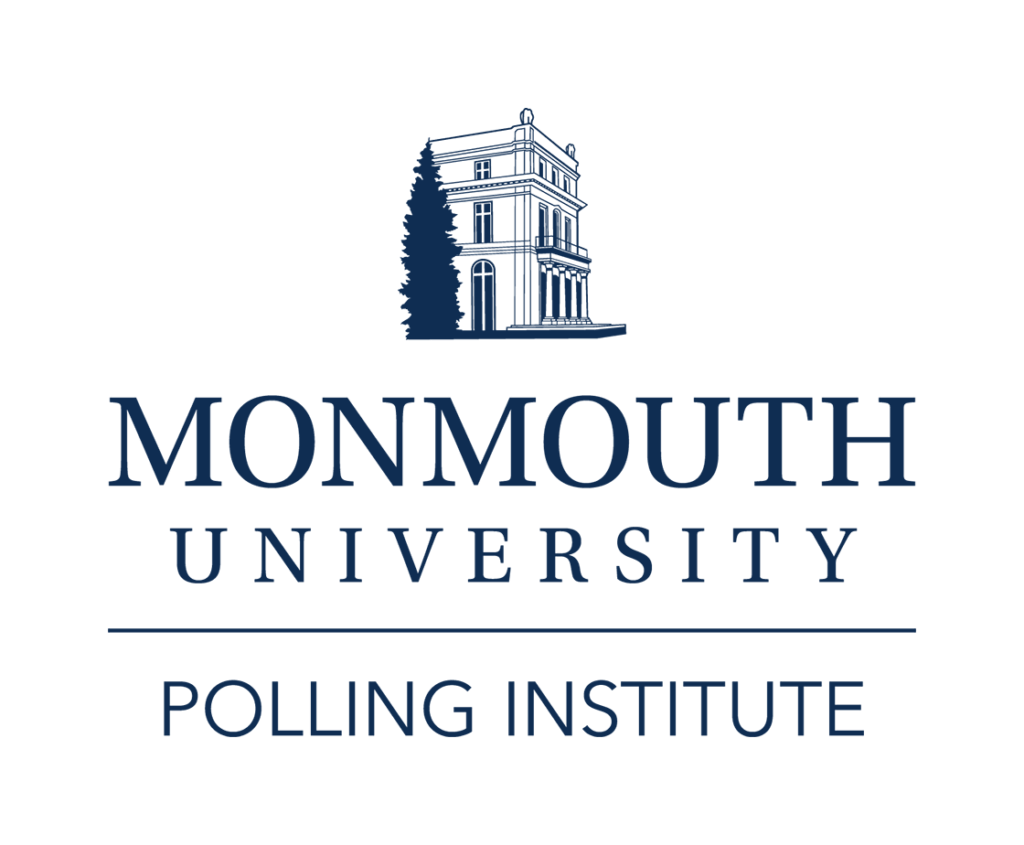West Long Branch, NJ – No state has a monopoly on political corruption. But the latest national Monmouth University Poll found that a few do rise to the top – or bottom as it were. New York leads the list of states Americans view as having the most political corruption, while Texas tops the list of states having the least. Interestingly, Texas and California appear among the top five on both the most corrupt and least corrupt lists.
When asked to name the U.S. state with most political corruption, 12% of Americans surveyed name New York, 11% volunteer California, 9% say Illinois, and 5% each choose New Jersey and Texas. New York’s position is bipartisan – it tops the list of both Republicans (18%) and Democrats (10%). The second spot for Republicans goes to California (17%) – which happens to be the biggest “blue” state, while Democrats opt for Texas (9%) – which happens to be the biggest “red” state. Independents, on the other hand, put both New York (11%) and Illinois (11%) at the top of their list as most corrupt state in the union.
Examining these results by region, New York appears among the top three states with the most political corruption in all parts of the country. California and Illinois appear in four of five regions, while New Jersey and Texas make the top three only in their own regions. Specifically, residents in the Northeast name New York (20%), New Jersey (11%), and Illinois (8%) as the U.S. states with the most political corruption. Southeast residents choose New York (13%), California (10%) and Illinois (7%). Midwest residents name Illinois (15%), California (9%), and New York (8%). Southwest and Mountain region residents name New York (12%), Texas (12%) and California (9%). Western coast residents name California (21%), New York (9%), and Illinois (7%).
“When it comes to political corruption, it seems the entire country is in a New York state of mind,” said Patrick Murray, director of the Monmouth University Polling Institute in West Long Branch, NJ. “Monmouth makes no claims as to the accuracy of these perceptions, but this is how the American public sees it.”
The Monmouth University Poll also asked Americans to name the U.S. state they feel has the least political corruption. No single state got into double digits on this list, but the top five least corrupt states include Texas (7%), California (5%), Alaska (4%), Hawaii (4%), and Montana (4%). Colorado (3%), Maine (3%), and Wyoming (3%) receive honorable mention.
There are some partisan differences in the least corrupt listing. Texas (11%) is the top state named by Republicans, with Montana (6%) and Wyoming (6%) tied for second place. California (10%) is the top state named by Democrats, with Maine (6%) and Hawaii (5%) rounding out the top three. Independents do not have a clear favorite, but Texas (7%), Colorado (5%), Alaska (4%), Hawaii (4%) and Montana (4%) appear at the top of their list for the U.S. state with the least political corruption.
In the eastern half of the country, residents tend to choose “out-of-region” states as being least corrupt, while those in the western half name states closer to home. Specifically, the list of least corrupt states for Northeast residents is topped by Montana (6%) and Texas (5%). Midwestern residents choose Hawaii (5%) and Texas (5%). Southeastern residents name Alaska (6%), California (4%), Hawaii (4%), and local favorite Florida (4%). In the Southwest and Mountain region, Texas (17%) is seen as least corrupt with Colorado (6%) placing second. In the West Coast region, California (10%) tops the list, followed by Montana (6%), Hawaii (6%), Alaska (5%), and Colorado (5%).
Note: Monmouth pollsters also examined the results for both lists by excluding residents who named their home state and found that the overall full-sample ranking was basically unchanged (i.e. California moved from second to fifth among the least corrupt states).
The Monmouth University Poll was conducted by telephone from March 30 to April 2, 2015 with 1,005 adults in the United States. This sample has a margin of error of ± 3.1 percent. The poll was conducted by the Monmouth University Polling Institute in West Long Branch, New Jersey.
The questions referred to in this release are as follows:
(* Some columns may not add to 100% due to rounding.)
1. Which U.S. state do you think has the most political corruption? [STATE NAMES WERE NOT READ]
| TOTAL | |
| New York | 12% |
| California | 11% |
| Illinois | 9% |
| New Jersey | 5% |
| Texas | 5% |
| District of Columbia | 4% |
| Florida | 3% |
| Arizona | 2% |
| Louisiana | 2% |
| Missouri | 2% |
| Arkansas | 1% |
| Georgia | 1% |
| Indiana | 1% |
| Massachusetts | 1% |
| Michigan | 1% |
| Mississippi | 1% |
| North Carolina | 1% |
| Pennsylvania | 1% |
| Virginia | 1% |
| Wisconsin | 1% |
| Other | 9% |
| No answer | 27% |
2. And which U.S. state do you think has the least political corruption? [STATE NAMES WERE NOT READ]
| TOTAL | |
| Texas | 7% |
| California | 5% |
| Alaska | 4% |
| Hawaii | 4% |
| Montana | 4% |
| Colorado | 3% |
| Maine | 3% |
| Wyoming | 3% |
| Florida | 2% |
| Idaho | 2% |
| Iowa | 2% |
| Minnesota | 2% |
| Nebraska | 2% |
| North Dakota | 2% |
| Oregon | 2% |
| Utah | 2% |
| Vermont | 2% |
| Washington | 2% |
| Arizona | 1% |
| Rhode Island | 1% |
| South Dakota | 1% |
| Tennessee | 1% |
| Other | 15% |
| No answer | 29% |
The Monmouth University Poll was sponsored and conducted by the Monmouth University Polling Institute from March 30 to April 2, 2015 with a national random sample of 1,005 adults age 18 and older. This includes 703 contacted by a live interviewer on a landline telephone and 302 contacted by a live interviewer on a cell phone, in English. Monmouth is responsible for all aspects of the survey design, data weighting and analysis. Final sample is weighted for region, age, education, gender and race based on US Census information. Data collection support provided by Braun Research (field) and SSI (RDD sample). For results based on this sample, one can say with 95% confidence that the error attributable to sampling has a maximum margin of plus or minus 3.1 percentage points (unadjusted for sample design). Sampling error can be larger for sub-groups (see table below). In addition to sampling error, one should bear in mind that question wording and practical difficulties in conducting surveys can introduce error or bias into the findings of opinion polls.
POLL DEMOGRAPHICS (weighted) | |||
| 25% Rep | 49% Male | 32% 18-34 |
66% White |
| 44% Ind | 51% Female | 36% 35-54 |
12% Black |
| 31% Dem | 32% 55+ |
15% Hispanic | |
|
7% Asian/Other | |||
Click on pdf file link below for full methodology and results by key demographic groups.




